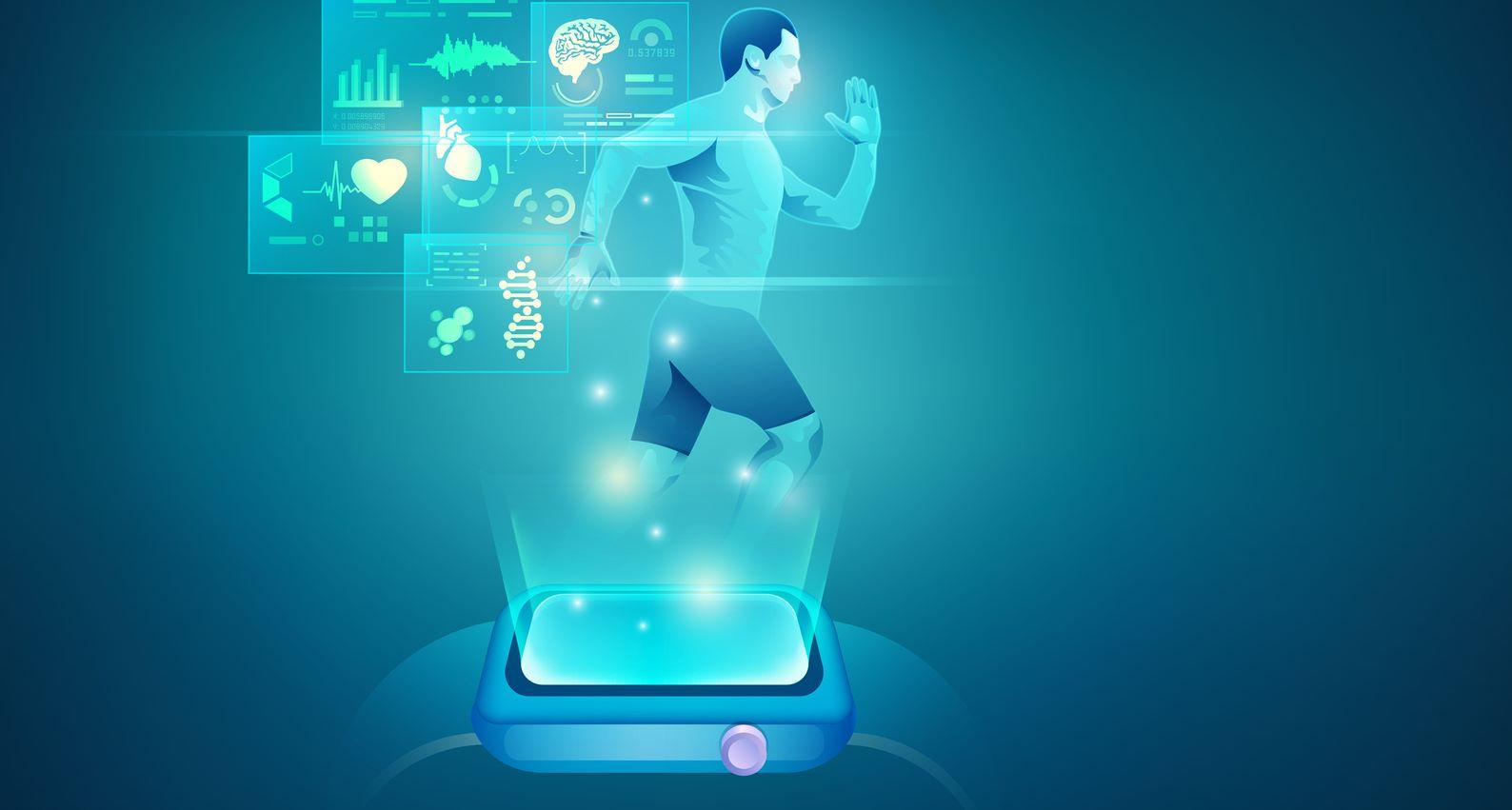Ensuring Mental Wellbeing Using Wearables
Published on 24 May, 2021

Mental disorders and ailments have been on the rise in the past few decades. Issues like depression and anxiety are not physical and the signs are subtle; therefore, their detection and treatment are difficult. Wearable technology has started focusing on these issues and has already made interesting breakthroughs. Will the new devices help in limiting mental disorders and provide relief to both patients and caregivers?
According to the WHO, currently, more than 500 million people suffer from mental health disorders. Among the disorders, depression, schizophrenia, and dementia are the most common. The COVID-19 pandemic and forced isolation exacerbated issues like depression, anxiety, and panic attacks in the past year. The number of cases of mental ailments is high. However, the diagnosis and treatment of these ailments are limited; there is hardly any method to monitor the onset and progress of these disorders. Mostly, mental health diagnosis still relies on traditional subjective clinical evaluation, which could lead to delays. If patients with mental issues do not receive timely support, the results could be disastrous; depression has been proven to be the leading cause of suicide.
Wearable technology has been widely adopted to monitor a range of physical health issues; it is now making inroads in the mental health space as well. Recent innovations have led to the development of wearables with the ability to collect data relevant for mental health diagnosis. These devices also help determine the effect of the ongoing treatment and monitor its progress.
Several prestigious medical device and pharmaceutical companies in this space are now investing in the development of advanced wearable technology. Some of the major developments are given below:
- TouchPoint – Developed as a stress reliever, TouchPoint includes twin wearables, placed on each wrist, to make body calm. The wearer can use it as a remedy for sleep deprivation, during work meetings or even emotionally exhausting conversations.
- Ability MyCite – Developed by Otsuka America Pharmaceutical and Proteus Digital Health, this complex wearable uses novel algorithms to treat bipolar disorder and schizophrenia, as well as to reduce depression among adults.
- Samsung’s smartwatch – Awake Labs is using Samsung’s smartwatch to develop an app that allows caregivers to monitor the emotional well-being of adults with intellectual disability.
- NeoRhythm Headband – Introduced by Omnipemf, this headband can stimulate brain waves using electromagnetic frequencies to improve sleep and energy focus, and control pain.
- MENTAID – Under development by a team of Stanford researchers, the device aims to prevent and treat mental illnesses, by better predicting and evaluating patient response to specific antidepressants.
The market for wearables is expanding and mental health treatment is receiving its due importance as numerous companies have started working in this space. However, there are a few challenges:
- Social stigma – The first and the foremost challenge facing any mental health treatment is the social stigma attached to it. In this area, wearables may face resistance from patients as they may feel that the device is actually publicizing their mental issues.
- User privacy – The data being collected by wearables for mental health is sensitive and personal. Hence, wearable technology must have a robust security system which would ensure no leakage of information or patients’ identities. Moreover, new policies to safeguard patients’ interests must be implemented.
- Budget – Cost could be a barrier to the penetration of wearable technology in this space. Consumers must ensure they are selecting the right device and getting value for their money.
- Effectiveness – The wearable data will not be as accurate as the data from other medical devices as it is not regulated by any rigorous set of standards. The industry is evolving, and new chips and sensors are being developed. Innovation in technology is expected to enhance the effectiveness of devices.
- Nascent stages – Many of the wearables are still under development, and therefore, there are no success stories that can be shared. These devices will take time to gain recognition, and then, acceptance, as the industry matures further.
Outlook
As the use of wearables and mobile health apps grow, the opportunities to monitor and hopefully heal mental disorders also increase. With new wearables focusing on these issues, individuals can be assessed and offered treatment in their home environment, or in a low-resource setting. The large volume of data being generated by these devices could help in research and treatments; however, data generation is prone to errors (bias and variance) which depends on the users and devices. Furthermore, there is lack of rigorous validation and security policies as the market is still limited.
However, there is huge potential in this field which can be tapped if the industry can find effective solutions to overcome these hurdles. Management of mental health is an important part of the overall well-being, and development of wearables to aid the process will be a big step in this direction.
